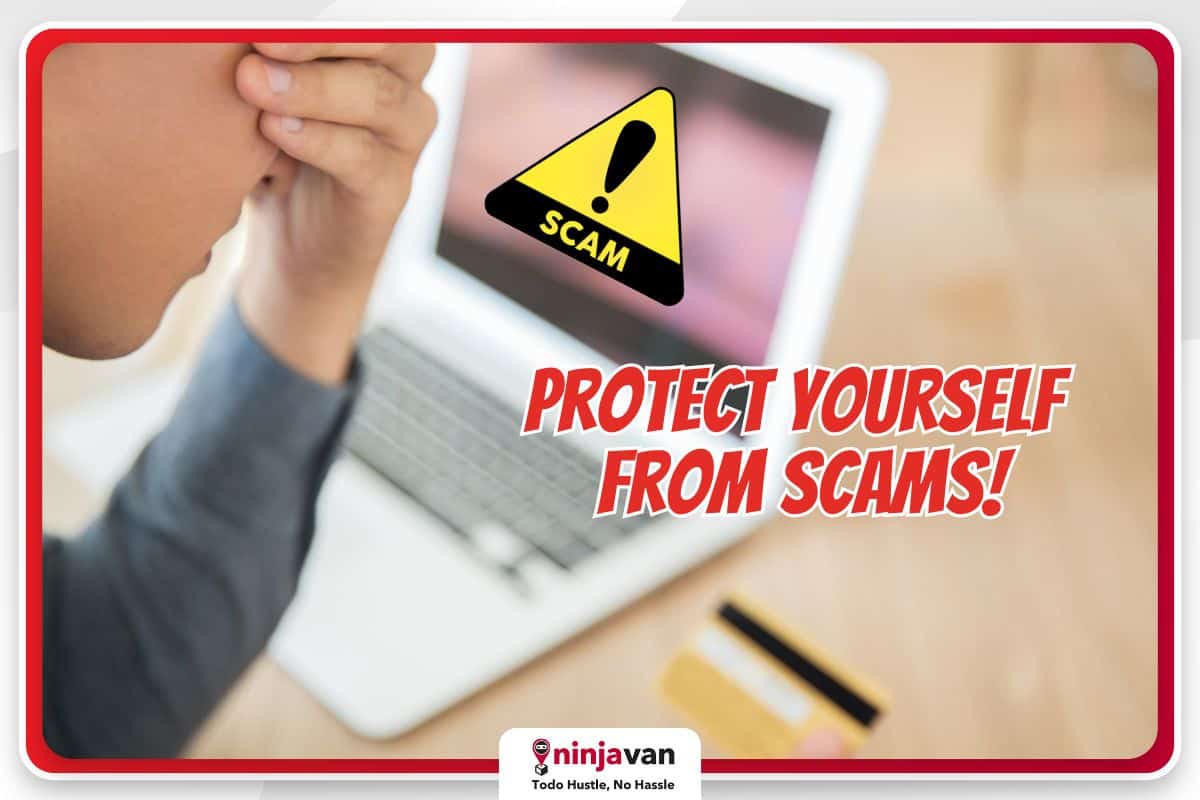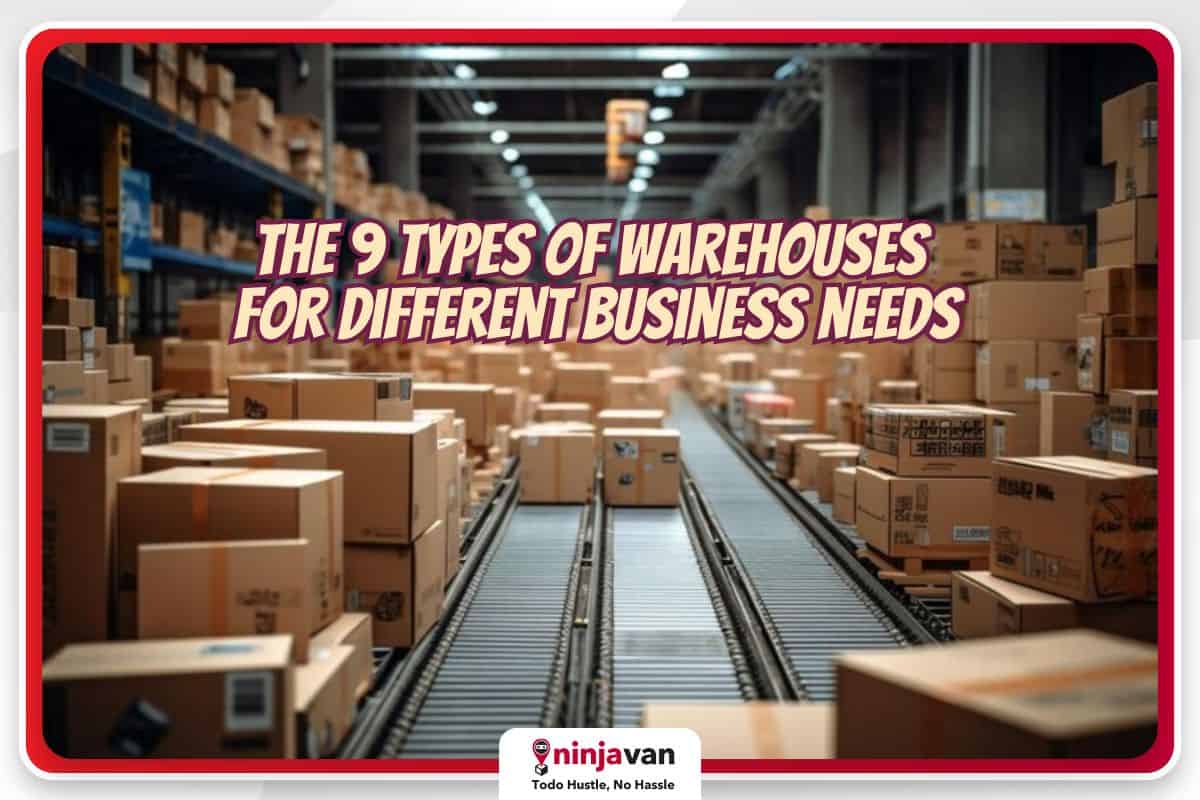Ecommerce scams can take various forms, preying on both buyers and sellers.
The best way to protect your business is by familiarizing yourself with how to detect different types of ecommerce scams, such as COD scams for consumers and bogus buyers for sellers, and where to report scammers in the Philippines.
Here are some common types of ecommerce scams and where to report them.
Also read: How to Avoid Bogus Buyers
Ecommerce scams involving shoppers
Being scammed by your customers can be painful because you trusted them to help your business, but ended up hurting it instead. Here are some customer scams to watch out for.
1. Chargeback fraud
This type of ecommerce scam refers to an incident wherein the buyer intentionally files a dispute and asks for a refund while, at the same time, keeping the product they bought.
Scammers would often give these reasons to get a refund:
- defective product
- non-delivery, or
- unauthorized transactions.
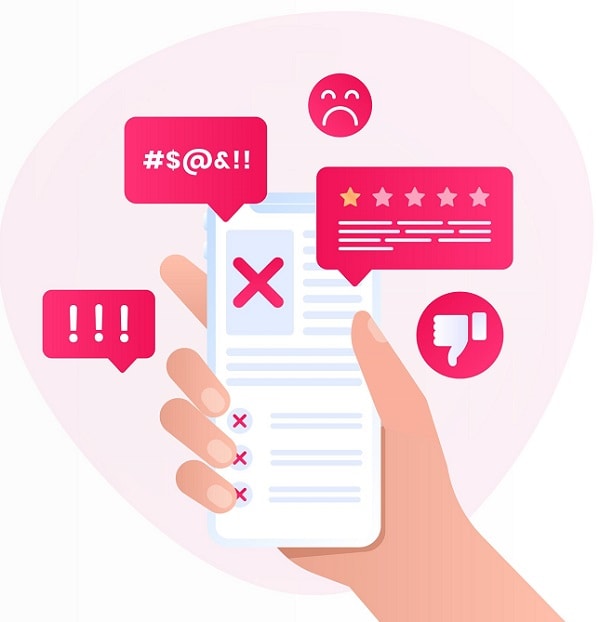
2. Return fraud
This ecommerce scam also falls under the general scope of chargeback fraud. It refers to customers who make a refund request after claiming that the product they received was damaged or defective — despite it actually being in good condition or was already used or tampered with.
3. False damage claims
Online businesses and ecommerce storefronts must remain on the lookout for buyers who make false damage claims.
This refers to buyers who contact the seller, claiming that the product they received was damaged, therefore asking for a refund or for the seller to send them another item.
4. False claims of non-delivery
There are customers who will falsely claim that they never received their order from an online store, despite the delivery status being completed.
In this case, they will either request a refund or a replacement for the products that supposedly never arrived.

trick you into giving them a refund.
5. Overpayment scams
Ecommerce scammers would claim that they were overcharged or that they sent an excess amount of money as payment for their online order.
The PNP’s anti-cybercrime group advises against sending money to a customer as it could be a case of money laundering. They also encourage businesses to only use secure payment methods that you’re already familiar with to avoid falling victim to ecommerce scams.
Ecommerce scams involving sellers
On the other hand, we can’t deny that there are ecommerce scams being done by people who pretend to run legitimate businesses online. But they’re really only out to steal money from customers.
1. Non-delivery scam
This is more common than ever, whether it’s from another unsolicited email or a random ad that shows up while you’re scrolling your social media feed. You see a great deal, a huge discount, then you make a purchase.
Weeks later, the package never arrives and when you reach out to the seller, they either block you or disappear. In this case, it seems impossible to recover your money.
2. COD scam
Online shoppers can fall victim to COD scams, such as paying for deliveries that they didn’t buy at all.
Delivery riders also fall victim to such scams — for example, they deliver a GrabFood or GrabMart order to a specific location, only to realize that nobody actually ordered the food, and it was paid for by cash.
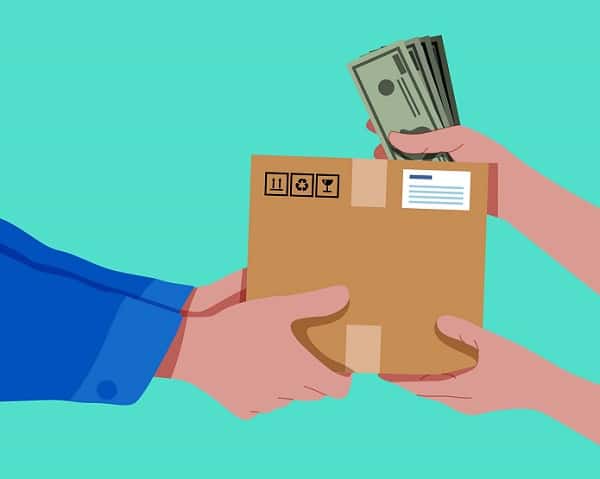
3. Misleading product listings
This type of ecommerce scam sets false expectations for buyers. Either the product description or the photo shown on the ecommerce platform don’t match the actual product when it arrives.
For example, you were expecting to receive a six-pack drink because it’s what the listing shows. But when it arrives, you only get a single can or bottle of beverage.
4. False advertising
Much like misleading product listings, false advertising refers to ecommerce scams that involve deceptive, misleading, or downright incorrect product information in an attempt to convince you to make a purchase.
It could also refer to misleading prices where you end up paying more than what the store’s promo or price listings indicate.
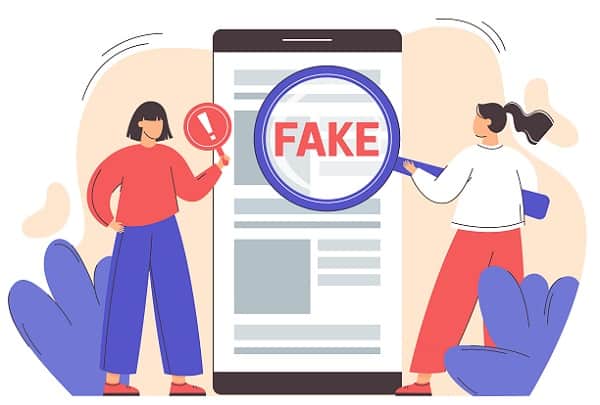
or to the authorities.
5. Triangulation fraud
This involves three parties — the scammer, the customer, and a legitimate ecommerce shop.
It’s when a scammer sets up an online store. When a customer orders a product, the scammer then uses stolen credit card information to purchase the item from a legitimate vendor, and then ships it to the customer.
Learn more about triangulation fraud here.
Where to report scammers in the Philippines
Be on high alert when a suspicious person or company contacts you regarding delivery issues, false advertising, misleading product listings, damage claims, return fraud, or other ecommerce scams.
Verify their claim and protect your business by asking them for the following information:
- Name of the person who contacted you
- Name of the company where they’re from
- Work address of the person and their company
- Landline number of the person and the company
Note that mobile phone numbers are more difficult to track. So for your safety and peace of mind, ask for their company’s landline number.
Additionally, gather any evidence of financial transactions if they’re available.
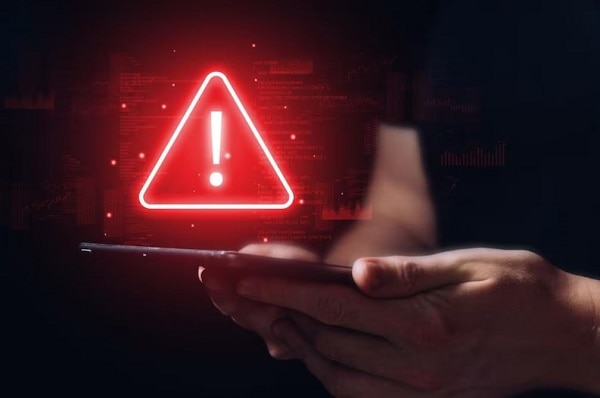
If you’re dealing with another business, it’s also important to ask for the DTI or SEC registration of the company they’re claiming to represent. This could help you verify their credibility.
If the person who contacted you refuses to provide this information, stop communicating or dealing with them. Report them to any of the following:
- Department of Trade and Industry (DTI)
- Securities and Exchange Commission (SEC)
- National Bureau of Investigation (NBI)
For ecommerce scams that are related to consumer protection or investments, it’s best for you to report the incident and file a complaint with DTI or SEC through their respective online portals.
In general, however, you can report any scam or any suspicious activity to the NBI or your local police.
Protect yourself from ecommerce scams
Protect your business, your finances, and even your customers from fraudulent activities by being aware of the different types of ecommerce scams.

Know where and how to report the scammers so you can immediately address the issue if you encounter any individual or organization that might be guilty of scamming you.
More ways to protect your online business from scams:
Protect Your Ecommerce Website Online from Online Threats
The Pros and Cons of Cash on Delivery (COD)
Take These Steps to Avoid COD Scams

